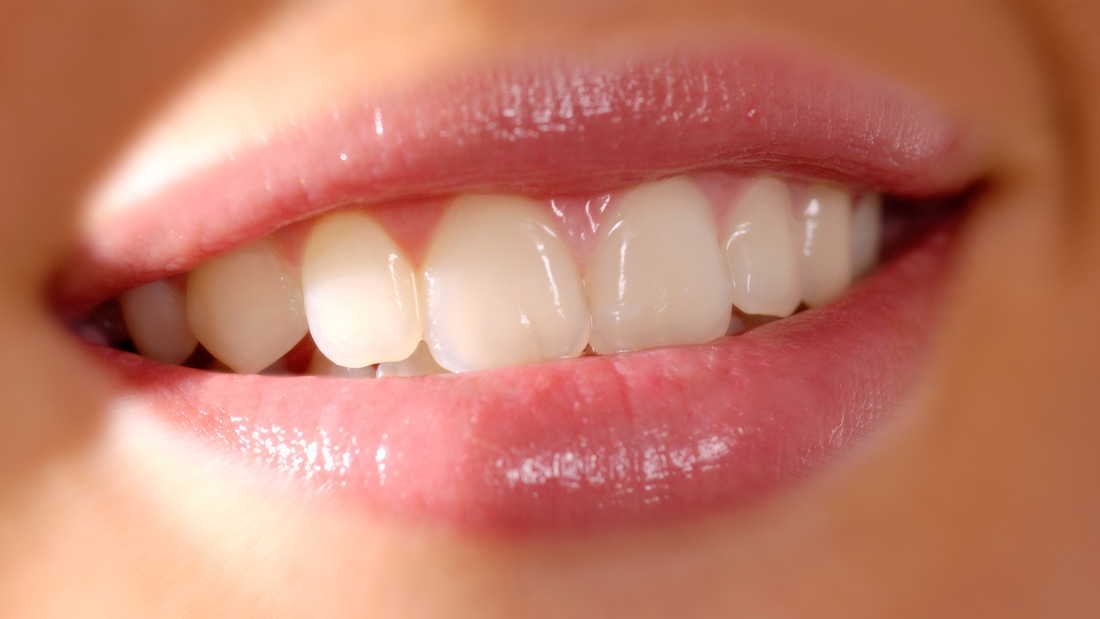“Periodontal disease” is the medical jargon for the various types of infections that can affect your “periodontium”. The “periodontium” consists of the tooth roots, the periodontal ligament (the special ligament suspending the root in the tooth socket), the tooth socket, and the gums covering the tooth socket.
Once patients realise that there is a problem, they are often too embarrassed, or think that we will judge them unfairly. Please do not think this; there are many risk factors, including a genetic component, and many dentists are also affected by “periodontal disease”. We want to help you!
Signs and symptoms
- Gums that bleed easily, “red toothbrush” after brushing (may not be apparent in people who smoke!)
- Red, swollen or tender gums
- Gums that have pulled away from the teeth
- A discharge: pus, between the teeth or when the gums are pressed
- Continuous bad breath or taste
- Loose teeth, that are drifting, gaps forming between teeth that weren’t previously there, a change in the way they fit together.
Risk factors
- Oral hygiene
All too sadly, many people spend adequate time on their oral hygiene, but their method is inadequate. For some pointers, please take a look at the oral hygiene page. - Medication
- Genetic factors
There is a familial risk, and up to 40% of patients whose parents had gum problems, may also be affected similarly. Other factors such as diabetes, anti-rejection medication and chemotherapy can all contribute to periodontal disease. - Dentistry
Poorly fitting dentures, crowns and old tired fillings can contribute to periodontal disease.


